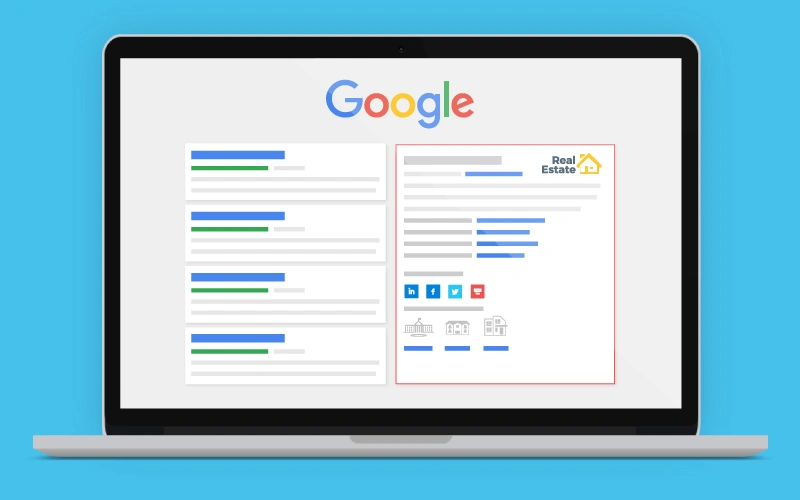Google’s Preferred Sources Tool Has a Spam Problem - Here’s Why It Matters

In late 2025, reports surfaced that Google’s Preferred Sources tool - which allows users to select preferred news outlets for their Top Stories feed - is being overrun with spammy domains and copycat websites. For SEO professionals, this is more than a curiosity: it raises questions about the integrity of user choices, domain authority signals, and how easily Google’s systems can be manipulated.
How the Preferred Sources Tool Works
The tool is designed to let users select their favourite publications so these appear more often in their personalised Top Stories. Yet what many aren’t aware of is the tight coupling between domain registration, user-selection data and algorithmic trust.
Key Components
The Preferred Sources issue exposes how easily Google’s trust-based systems can be gamed when multiple signals - user selection, domain registration, and algorithmic surfacing - overlap without strong verification layers. To understand how this exploitation happens, it’s useful to break the system into components: how domains get added, how the tool amplifies them, and how Google interprets the user action as a trust signal.
The table below outlines each mechanism, its intended purpose, and where the vulnerability sits. This structure can also be used as a framework for auditing similar systems like AI Overviews, Discover feed, or Search Console content filters.
Book a Trust Signal & EEAT Strategy Review - we’ll assess authorship, schema, citations, and brand safety signals.
Where Things Started to Go Wrong
The problem arises when domains that mimic trusted outlets (for example, using alternative TLDs or country codes) get added to the tool and subsequently enjoy elevated visibility - even though they publish very little content or none at all.
Here are some of the issues:
- Exact-match domains with unusual TLDs (.in, .cc, etc.) mimicking major brands
- Fake sites are showing up in the tool despite minimal indexed content
- Users are possibly being guided (intentionally or unintentionally) to add these domains
- Google’s announcement of the tool being available in the U.S. and India makes global domain abuse more likely.
Why This Matters to SEO Professionals
This situation isn’t strictly about news feeds - it signals deeper challenges in how Google treats brand, domain trust, and user selection. For SEO efforts (especially in increasingly regulated sectors like healthcare or finance, where EEAT matters), here’s what to watch:
- Domain squatting undermines domain-authority assumptions
- User-driven signals (favourite domains) can be exploited
- Brand trust becomes harder to interpret algorithmically
- Regulated industries (YMYL) might see additional volatility if trust signals are diluted
How Marketers Should React in 2026
Rather than panicking about Google’s internal tools, you can apply three proactive strategies:
1. Reinforce your domain trust
Make sure your domain is clearly branded, registered under your organisation name, and has consistent usage (e.g., no frequent rebranding or TLD changes).
2. Expand off-site authority signals
Secure high-quality external publication links, guest posts and references (e.g., on sites like Harvard Business Review, TechCrunch, or trade-specific associations).
3. Monitor anomalous signals
Set up alerts for sudden changes in your brand keywords, domain mash-ups, or suspicious domain usage in your feed or backlink profile.
Tracking Brand & Domain Risks
One of the biggest challenges for brands in 2026 isn’t ranking - it’s maintaining trust signals that can’t be faked or hijacked. As Google’s systems rely more on entity recognition, branded search patterns, and domain matching, companies must actively monitor for domain spoofing, fake look-alike TLDs, brand keyword dilution, and signals that indicate loss of authority.
The table below provides a simple risk-tracking framework for SEOs, CMOs and compliance teams to use in monthly reporting. Instead of waiting for a traffic drop or manual action, this structure lets you detect early-warning signs before they reach search visibility, PPC, or branded click-through rates.
The Bigger Picture - Not Just News
While this story centres on Google’s Preferred Sources tool, the underlying theme is broader: algorithmic trust systems are under pressure. Whether it’s news feeds, AI-generated overviews, E-A-T evaluations, or domain authority signals, the foundation of “which site is trustworthy” is being challenged.
For example, research by Nielsen shows that consumer trust in online sources is dropping - from 54% in 2018 to just 39% in 2024. That shift means brands and publishers must work harder to earn signal-based trust. Similarly, the impact of AI in search (see Google’s SGE rollout) means the “first click” may no longer go to your website but to an auto-generated result - unless your brand is visibly authoritative.
Emerging Trust Signals for 2026
As Google shifts from keyword-matching to entity-trust modelling, brands can no longer rely on backlinks alone to prove credibility. In 2026, the strongest ranking signals combine identity, transparency, authorship, experience, and third-party validation. This matters even more in YMYL sectors like finance, health, legal, or mental-health spaces where expertise must be demonstrated, not claimed.
The table below outlines the most future-proof trust signals and how to operationalise them so they become measurable assets rather than vague “brand work.” These are the same elements Google’s Search Quality Evaluator Guidelines and AI Overviews now call out explicitly when deciding what to surface - and what to suppress.
Over to You
The Takeaway: Tools like Google’s Preferred Sources may seem niche, but the lesson here is universal - when trust signals are corrupted, impact is real. For anyone working in SEO - especially in highly regulated fields - it’s time to revisit your brand domain, authority footprint and content strategy.
👉 If you’d like a brand-trust audit checklist or a domain squatting risk map, we can build one out for you.
References:
https://blog.google/products/search/generative-ai-search/
https://blog.google/products/search/preferred-sources/
https://developers.google.com/search/blog/2023/11/search-quality-rater-guidelines-update
https://developers.google.com/search/docs/fundamentals/creating-helpful-content
https://www.searchenginejournal.com/googles-preferred-sources-tool-is-jammed-with-spam/560202/
.avif)







